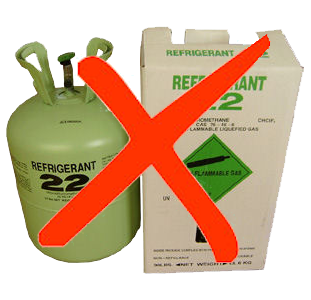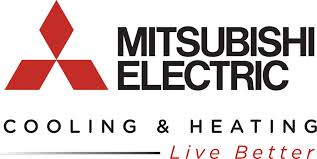New water heater rules to reduce energy bills
USA – Water heaters find themselves in the glare of the spotlight as manufacturers have responded to updated federal regulations by employing better insulation and more efficient technologies. Although the changes to efficiency minimums might appear minor, these changes may have a significant impact on certain customers. Some homeowners will unfortunately discover that replacing their old water heaters isn’t as easy a task as it used to be.
The revised minimum energy efficiency levels for residential water heaters come into effect in April 2015.
“By raising the bar, customers will benefit from units that waste less energy and cost less to operate over time, a meaningful benefit when water heating accounts for one-fifth of household energy costs and hundreds of dollars each year,” states George M. Chapman of the Coalition for ENERGY STAR Water Heaters. Water heater manufacturers have responded to this challenge by updating their product lines and, in some extreme cases, discontinuing certain models. These updated products may mean that it is no longer possible for some house owners to simply exchange their current water heater with the same model.
One major obstacle is the tight and confined spaces often encountered. Storage water heaters which have more insulation are wider and taller, and these new models may not fit through narrow doors or into small closets. There are a number of options available to customers, such as choosing a smaller tank size or a narrower model while the more drastic option is to change the installation location for the storage heater.
“While most customers will find their new water heater fits fine in the existing space, a water heater replacement is a perfect time to discuss the best, most efficient option for your family with your plumbing professional,” continued Chapman.
There is another major impact affecting water heaters which store more than 55 gallons as electric models must now include heat pumps, which require several additional installation considerations. Heat pump models are taller, often 5–7 feet, and they require sufficient space around them for optimal function, and also use drain lines to dispose of condensate. Condensing technology is also used in many gas models over 55 gallons and this also requires condensate drain lines and corrosion resistant venting. These models generally demand access to a power source also. However, in general tankless water heaters already meet the new standards and, as a result, will be subject to relatively few changes.
There are many options open to consumers across a range of styles and efficiency levels. ENERGY STAR, which is a voluntary program recognising energy efficient water heaters produced by more than two dozen manufacturers, has also updated its criteria. A plumber can be consulted to identify which model best suits a home’s layout and hot water needs, while customers will discover new options when it is time to replace their water heater.
“The choice a customer makes regarding a replacement water heater can be made in a minute, but the impacts of that decision on a utility bill can last well over a decade,” concludes Chapman.
The modified efficiency regulations will help ensure that customers get the most out of their water heater, no matter which model they choose.















